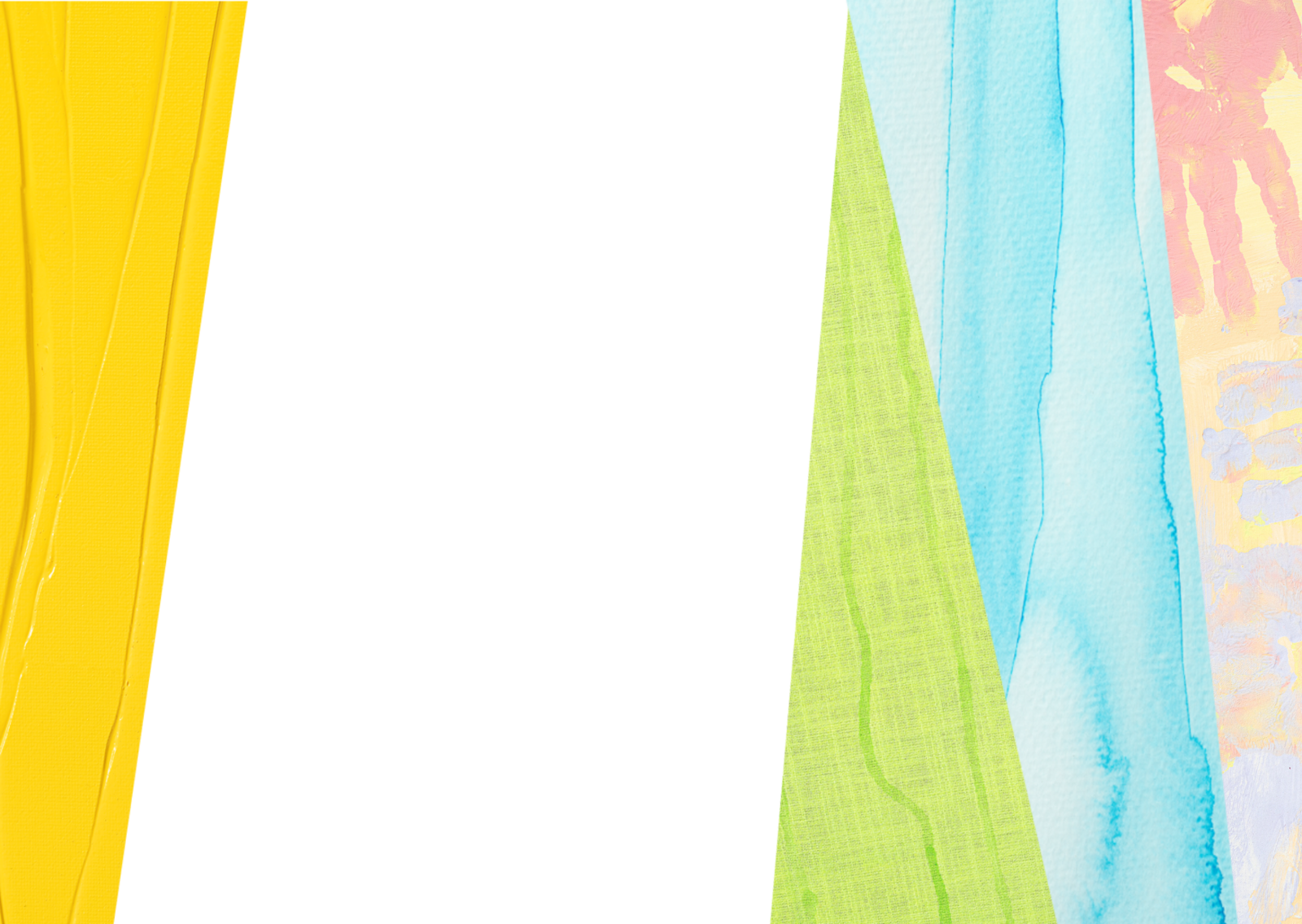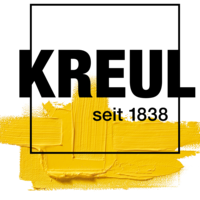
Five questions about KREUL Triton Acrylic Liquid
04/15/2024 |- KREUL Triton Acrylic Liquid
- Ideen für Künstler
What to do if the paint settles at the bottom of the bottle?
Sometimes, a transparent, watery layer forms in the paint bottle. This tends to happen with colours containing a lot of white like KREUL Triton Acrylic Liquid Light Sky Blue or Beige rather than with those in dark shades. The colour hasn’t gone bad, though. It's just that the heavier pigments have settled at the bottom of the bottle and separated from other constituents. We therefore recommend that you always shake KREUL Triton Acrylic Liquid vigorously before you use it. Shake the light colours a little longer than the darker ones. In this way, the constituents of the artists‘ acrylic paint are optimally mixed in the bottle.
Can you change the consistency of KREUL Triton Acrylic Liquid?
Yes, you can do that. You can thicken liquid KREUL Triton Acrylic Liquid with a medium Just add some SOLO GOYA Acrylic Medium Structure Paste Universal into a drop of paint and use a palette knife to mix the two well. The acrylic paint becomes paste-like in consistency and you can apply it with a spatula to a surface. But that additionally lightens the colour.
You can also thin KREUL Triton Acrylic Liquid before you use it. For example, with water to get a transparent application. If you want to get the acrylic paint flowing, thin it with SOLO GOYA Pouring Fluid. This, however, also changes the glossiness of the paint finish, and the areas of paint dry to a silk-matt finish.
Why is KREUL Triton Acrylic Liquid so suitable as a prime coat?
Many artists use artists‘ acrylic paint as a priming coat for oil painting or as a background for acrylic painting. On the one hand, because it is easy to apply the high-yield paint with a brush or paint roller – even over very large areas. But especially because KREUL Triton Acrylic Liquid is extremely matt. Paint applied on top adheres perfectly to the matt surface.
What leads to dried acrylic paint forming cracks on the surface?
It's so annoying when that happens. Unless you want a craquelé effect. Very matt acrylic paints such as KREUL Triton Acrylic Liquid can crack if you apply it too thickly. For example, to get better coverage of an area. We recommend applying a second layer of paint only after the previous ones have dried properly. If you want to add thick blobs of paint to your artwork, then it’s better to thicken KREUL Triton Acrylic Liquid with Structure Paste (see the tip above).
Do you have to seal art painted with KREUL Triton Acrylic Liquid?
That’s not necessary. KREUL Triton Acrylic Liquid is also a paint for outdoors. After all, it was designed for painting large walls. That's why it is very popular for street art or art projects in public spaces. SOLO GOYA Triton Acrylic is weatherproof. Without the need for any sealing whatsoever. We only recommend fixing with varnish if you want to change the glossiness of the paint finish. For this, apply KREUL Varnish Gloss 400 ml onto your dried artwork.


